In every generation, there are directors who demonstrate true mastery of their craft. Mike Flanagan is proving worthy of carrying on that mantle.
Throughout the ages of horror cinema, horror directors have risen to the challenge time and time again to provide audiences with scares, thrills, and the physical embodiments of things that go bump in the night. Every major period of horror can be denoted by these masters of cinema just as often as we can conjure imagery of the characters who terrified us.
The ‘60s made us fear what might be life after death with George A. Romero’s Night of the Living Dead. 1978 saw John Carpenter’s Halloween breathing new life into audiences with The Shape (Michael Myers) and giving birth to the slasher sub genre. In the ‘80s, Wes Craven and Sean S. Cunningham went toe-to-toe with Freddy Krueger and Jason Voorhees films, slicing and dicing their way to some of the best ratings horror movies had ever seen in movie theaters. Craven emerged again in the 1990s with the Scream franchise. And his Ghostface killer continues to influence video games, film sequels, and television to this day.
Today, independent horror and streaming services are making films more accessible than ever before. And horror continues to reign as one of the powerhouse genres of modern film. Thus, it’s a little more difficult to peg the true ‘titans’ of the director’s seat.
Ask any fan of film, especially horror films, and you’ll get a list of answers just as diverse as the content being consumed by ravenous fans. Yet, in all my conversations with fans and friends about who is guarding the helm that Carpenter, Hooper, Romero, Cunningham, and Craven have all held tightly within their grasp at one time or another, there are a few names that come up more often than others.
Mike Flanagan, who ironically enough was born in Salem, Massachusetts on the very year that Michael Myers first captivated audiences and struck fear into the hearts of many, is one of these names.
You never forget your first. My first Flanagan film was Oculus (2013).
Starring Karen Gillan, Brenton Thwaites, Katee Sackhoff and Rory Cochrane, this mind-bending supernatural chiller left me feeling uneasy about each and every mirrored surface in my house. And it left me cold to the prospect of bringing home some priceless antique. Films about haunted objects are nothing new. In fact, The Conjuring universe features many a haunted item, as referenced by all the pieces in the Warren’s museum.
The concept wasn’t even primarily unique to the era. The Paranormal Activity franchise had been going strong since 2007, Sinister premiered in 2012, and The Conjuring arrived in the same year.
Yet, it was Flanagan’s dedication to telling a story about siblings and a family in turmoil — battling their own odds against reality and their own minds — that left me quaking in fear.
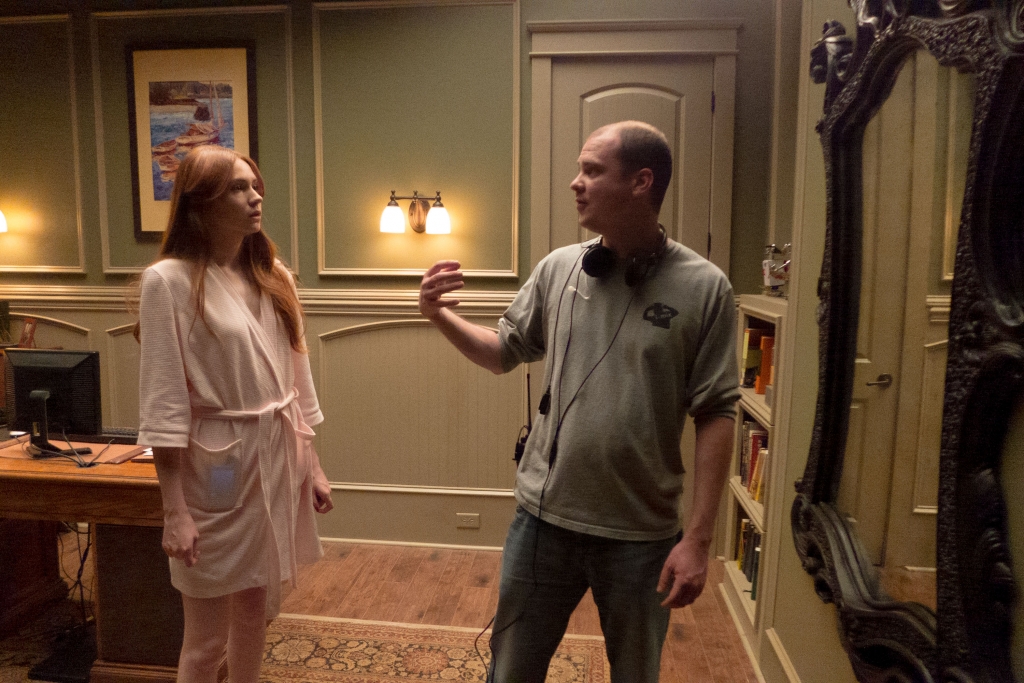
M251 Star Karen Gillian and Director Mike Flanagan set up a scene in Relativity Media’s OCULUS. Photo Credit: John Estes ©2013 Lasser Productions, LLC. All Rights Reserved.
Gillan and Thwaites played excellently off one another, a brother and sister determined to solve the stranger facets of their childhood that led to their mother’s murder and their father’s suicide that landed Tim (Thwaites) in a psychiatric hospital, accused of a crime he did not commit. Or, at least, that’s what Kaylee (Gillan) sets out to prove by acquiring the same mirror that her father Alan (Cochrane) brought into their home – a mirror with a dark, twisted history – just before her family began their slow descent into madness.
The visual effects associated with the hallucinations that the mirror is rumored to create in people within its radius are pure nightmare fuel. As a viewer, there are many occasions where you find yourself wondering if you also aren’t hallucinating and questioning what is real and what is not.
Hush, starring (and co-written by) Flanagan’s wife, Kate Siegel and John Gallagher Jr, is a twist on the ‘final girl’ trope and a more modern take on both the ‘cabin in the woods’ horror movie and the slasher film.
In Hush, Madison “Maddie” Young (Siegel), is dedicated to working on her current book in an isolated cabin in the woods. Young is deaf from a childhood incident. So all of the events depicted are mostly done – scares included – without the use of sound. This becomes a terrifying background for a beautifully choreographed game of cat and mouse when the killer (Gallagher Jr) arrives at Young’s cabin and discovers that she’s deaf. However, she’s not exactly a damsel in distress.
Hush awakens the final girl trope in a similar vein to Adam Wingard’s You’re Next in that it depicts a final girl who is more than just a classic ‘scream queen.’ Maddie Young, once she realizes the hopelessness of her situation, is prepared to fight to the very death if necessary. And she does so with such captivating grit that you desperately want her to survive the night.
How is this different than other final girls? In Flanagan’s hands, Maddie Young is more than Laurie Strode’s innocent babysitter or Sidney Prescott’s determined heroine.
She is a fighter to her core because she is used to handling adversity due to her disability. When death comes knocking at her door, she is terrified. But she is prepared, and that’s the story that Flanagan wants to tell.
Do you prepare for the worst by trying to hide and wait it out, relying on others to aid in your plight, or do you risk death – which may or may not be inevitable anyway – by going down swinging on your own, one-on-one?
2017 brought us Flanagan’s first Netflix Original with an adaptation of one of Stephen King’s more challenging books to adapt for screen, Gerald’s Game.
Carla Gugino plays Jessie Burlingame, who carries a good ninety percent of the film entirely on her lonesome and is an absolute tour de force by showcasing what quality acting in a horror film should be. She could teach a master class based on this film alone. Opposite Gugino in Gerald’s Game is Bruce Greenwood as Gerald Burlingame, her husband who perishes early in the film after they – on a trip to an isolated lake house that is meant to rekindle the flame in their marriage – try out a new bedroom game.
This game leaves Jessie handcuffed to the bed, helpless and trapped with her husband’s dead body. His death is innocent enough – natural causes, a rarity by horror movie standards. But the chilling part of the film and book is in dealing with the terrors of the human mind when left to its own devices and the inevitable, crushing need to escape at all costs.
There is a parallel here, with Flanagan’s work, where he shows the true fortitude and spirit of the human will to survive, just like he did in Hush.
Flanagan depicts Jessie’s past while she wastes away on the bed, recalling some rather dark points in her past that brought her to her present. And it is through her memories and through her attempts to escape what would be a death sentence for most that she emerges a true heroine.
The ending sequence is, to this day, one of the most horrific things I’ve seen depicted in a horror film. It’s rough enough for gore-hounds to endure what is otherwise very much a slow burn of a film, and it really shows the power that comes from the human condition when it is placed in a trial by fire.
We see this theme encompassing Flanagan’s work all the way back to Oculus as well, when Kaylee will do anything – no matter the cost – to discover the truth of what happened to her family. The mirror, the night stalking slasher, and the handcuffs all play a role to show true female empowerment when it is pressed and challenged.
Flanagan continued to terrify audiences in 2018 with The Haunting of Hill House, a Netflix original television series.
Season One is based off the 1959 Shirley Jackson novel that shares the same title. Meant to be an anthology series, this first season follows the doomed Crain family who move into a beautiful old house with their large family and start to experience hauntings and malicious spirits that seem dead set on tearing their family apart. It features a stunning ensemble cast, including Timothy Hutton and Henry Thomas as the family’s patriarch and Carla Gugino as the matriarch. Along with the couple, we meet their children across three different timelines, including the fateful events that forced them out of the house and the aftermath that haunted them years later.
Flanagan has dabbled with supernatural elements in his works before, not just with Oculus, but with Ouija: Origin of Evil and Absentia. Yet Hill House really has that something special, and quickly became a quickly devoured hit for the powerhouse streaming service. Equal parts melancholy dread, where danger is lurking around every corner and family drama, Flanagan directs every iteration of the Crain family with a master’s touch.
The youngest cast members carry the show with heart and innocence. And their adult counterparts show the edges and cracks of a family who has – quite literally – been to Hell and back. It’s a sharp juxtaposition that could be enough to give someone whiplash. But in this short series, the ensemble bleeds together through time and space and always manages to keep the audience on edge. You root for the Crain family, as you do with most of Flanagan’s antagonists, but there is certainly another level experienced because there are so many layers in dealing with a large family that haven’t been explored with the limited casting of his other features.
Again, Gugino shines in particular as Olivia Crain, the maternal figure who is both the glue that holds their family together in equal measure to her being the driving force that is tearing them apart. Also, from a purely cinematic standpoint, Flanagan creates true magic in the long, sweeping shots of Hill House itself and the fact that he manages to sneak ghosts and apparitions into nearly each and every scene — so much that it makes a fun re-watch game to try to spot each and every sinister figure.
Since Hill House is meant to be an anthology and Flanagan himself stated that the finale of season one concluded the story of the Crains, the second installment of the cult hit is set to adapt and reimagine another classic ghost story: The Turn of the Screw by Henry James.
Titled The Haunting of Bly Manor, there isn’t much we know about the upcoming season. But if the first is anything to go by, and Flanagan’s work certainly speaks for itself, we are in for an absolute treat.
Classified as gothic fiction, The Turn of the Screw follows the story of a governess who is caring for two young children and, through her time caring for them, starts to believe that the grounds and manor itself are being terrorized by insidious forces from beyond the grave. I expect to see some of the big players from Flanagan’s other films (both Gugino and Siegel were in Hill House) in Bly Manor. But most of the information is being kept tightly under wraps for now.
Currently, it is expected to premiere on Netflix in 2020.
Another upcoming project for Mike Flanagan is another Stephen King adaptation: the feature film of Doctor Sleep, which is currently scheduled to release in November of 2019.
The film stars Ewan McGregor as Dan Torrance, aka Danny Torrance all grown up. Doctor Sleep is Stephen King’s sequel to King’s 1977 novel, The Shining, which was adapted into a film by Stanley Kubrick in 1980. It is fairly well known that King himself wasn’t precisely fond of Kubrick’s vision of The Shining, which led to King penning a television mini-series that debuted nearly two decades afterward.
Flanagan has said that he intends his adaptation of Doctor Sleep to be true to King’s novel but will reference Kubrick’s The Shining and acknowledge its existence as well. This project has been in the making since 2014. And while much of it is still clouded in shadows, those familiar with the novel will note some of the key themes of the book including childhood trauma, Dan Torrance’s battle with alcoholism, and a broken familial dynamic. Those familiar with Flanagan’s work will likely be salivating at the prospect of this film given how well he’s showcased these themes in many of his other works.
Horror films are some of the most varied and scattered in terms of content, characters, themes, and what one’s imagination can really do to a good story. Mike Flanagan has, in my opinion, earned his place as one of our modern masters of horror because, at the core of all his films, he doesn’t shy away from showcasing the dark side of what many of us consider to be mundane – one’s family, one’s own self, and the horrors that can lurk inside your own head.
Couple that with a skilled cinematic vision and an obvious love of the source materials he’s been given – many said that Gerald’s Game couldn’t be adapted into a feature, for example – he has proven that he is one to watch and will likely keep terrifying audiences for years to come.


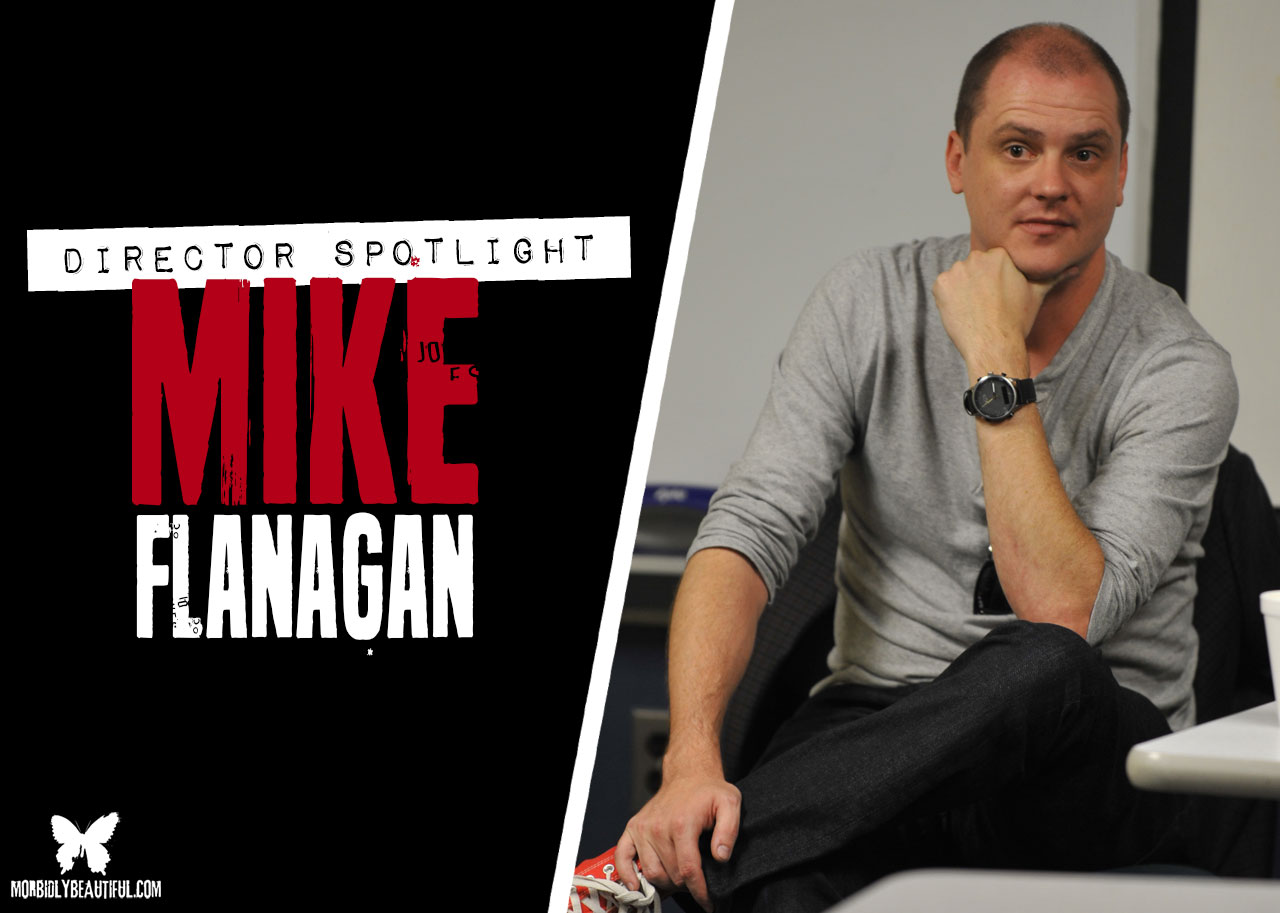
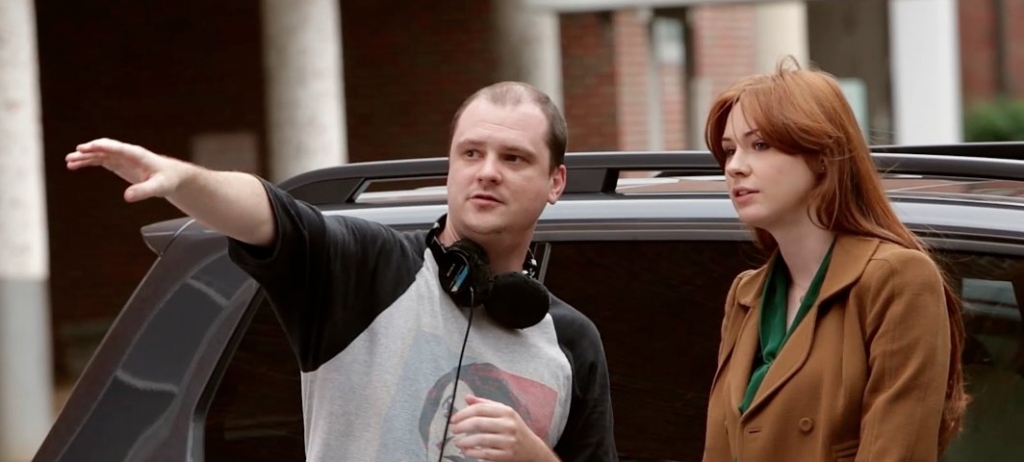
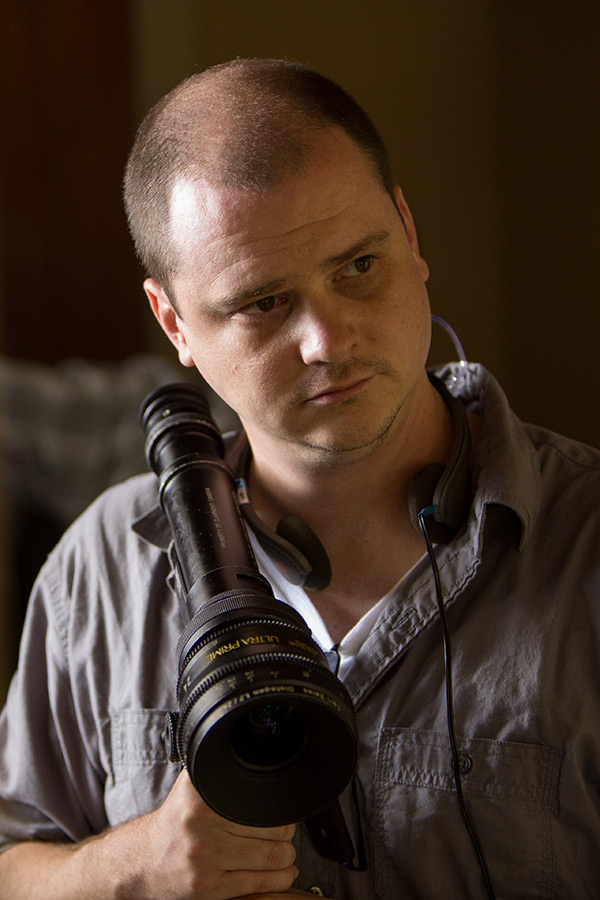
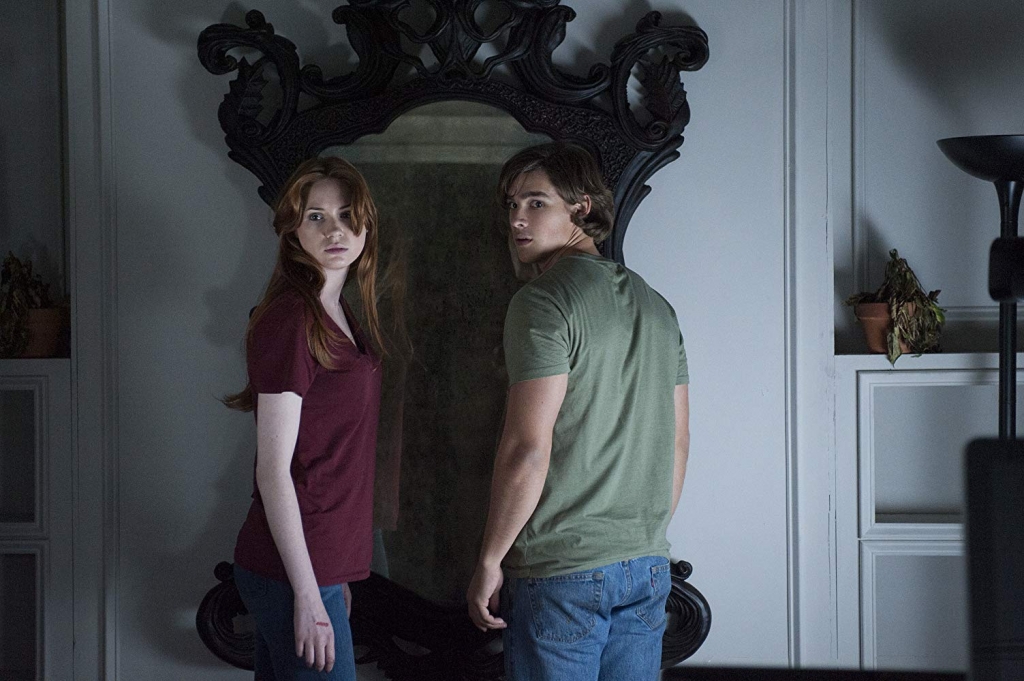
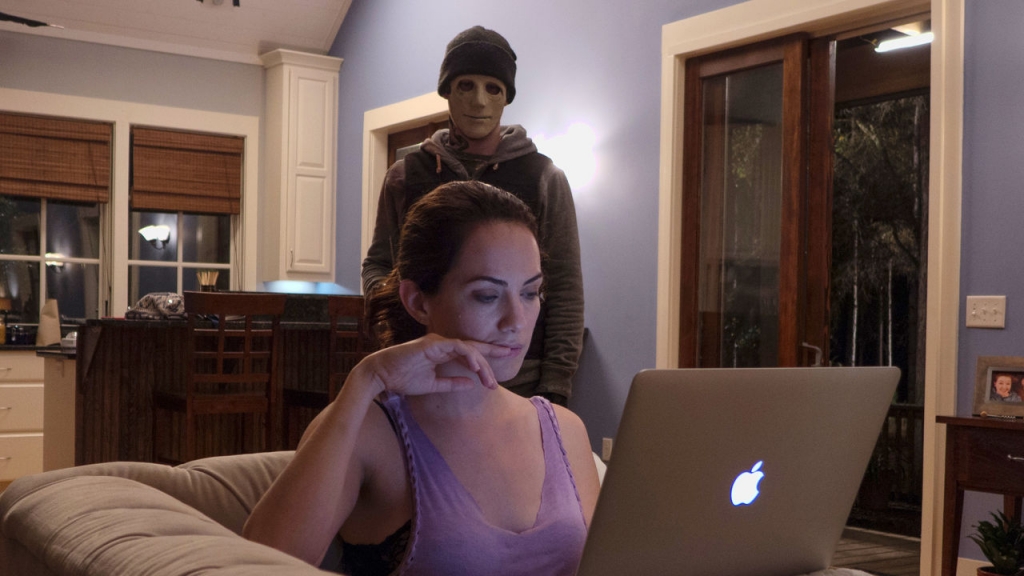
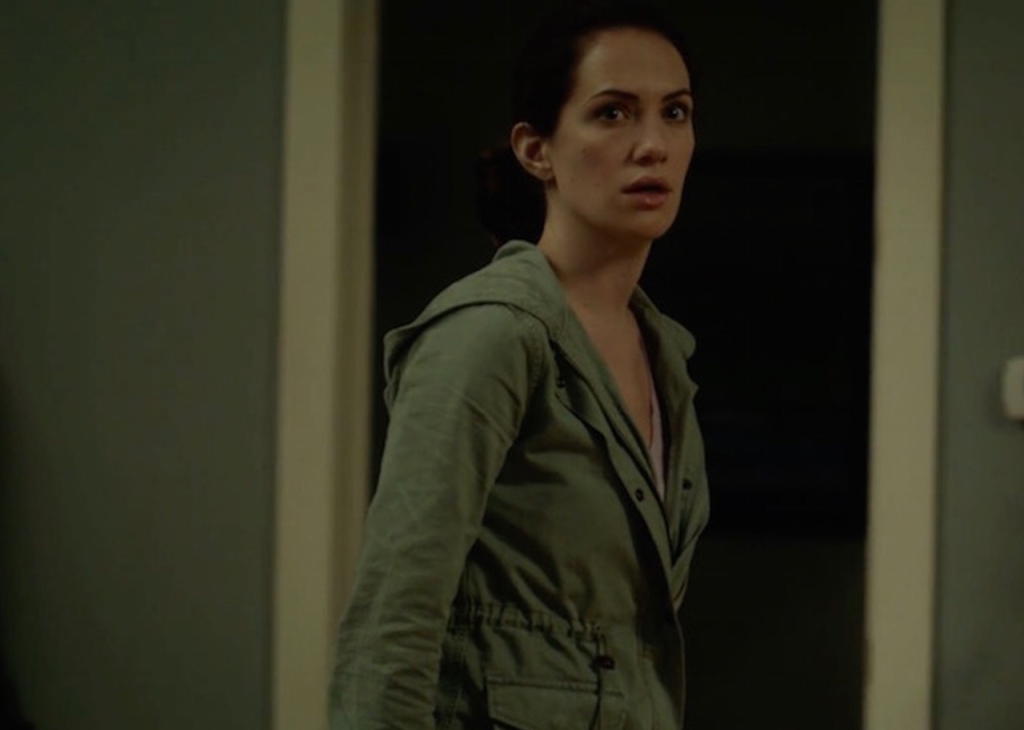
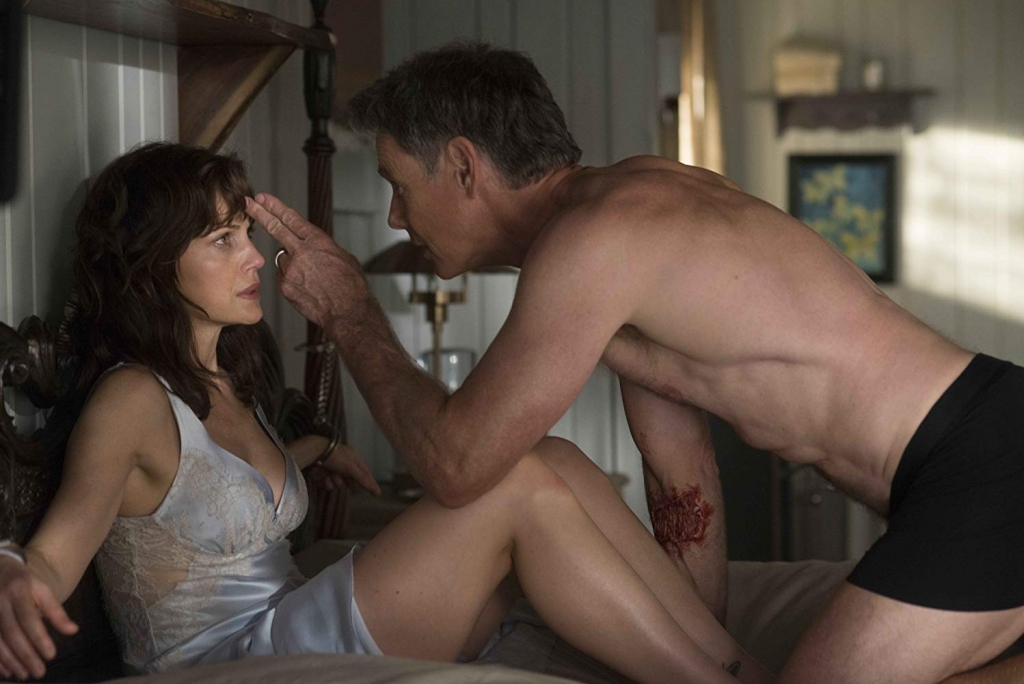
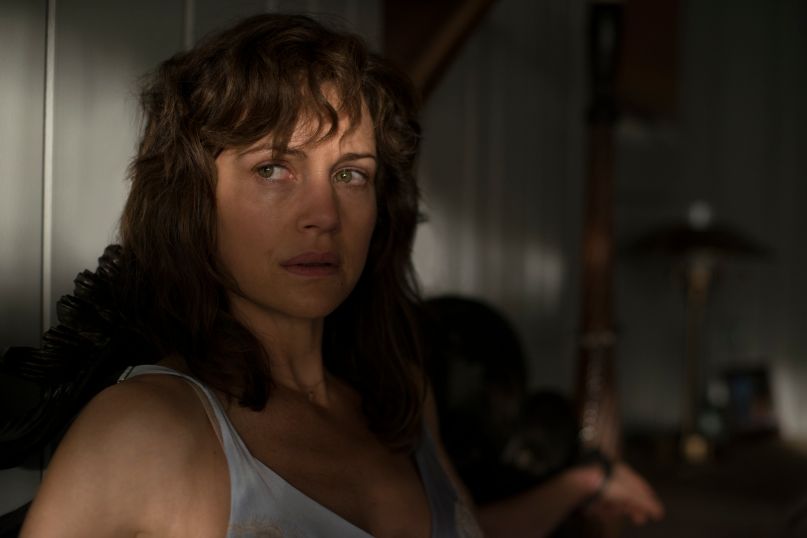
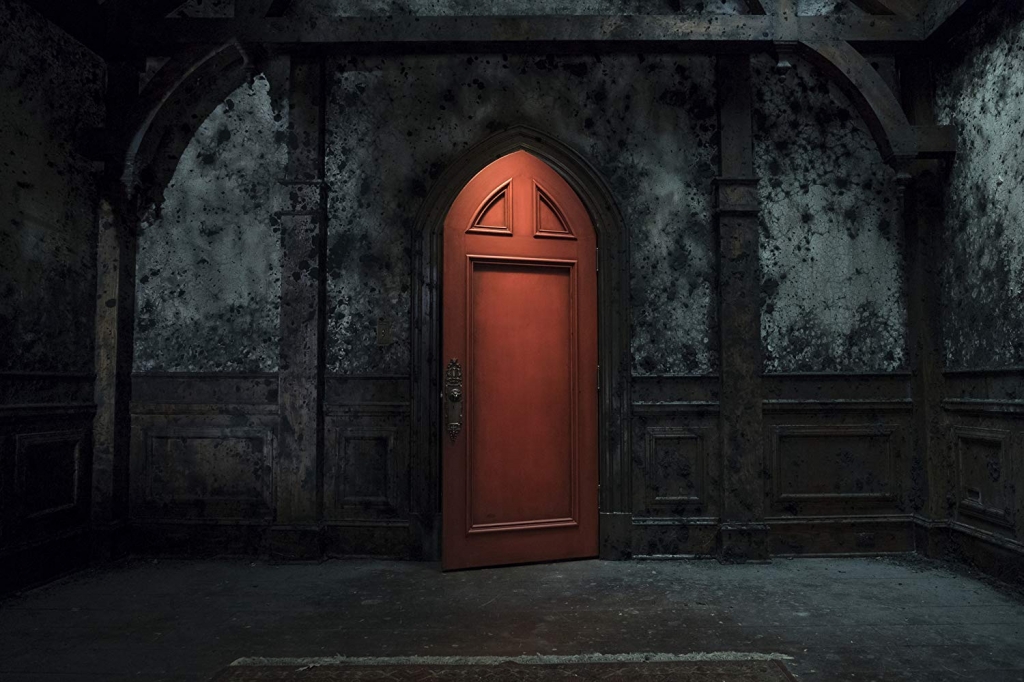
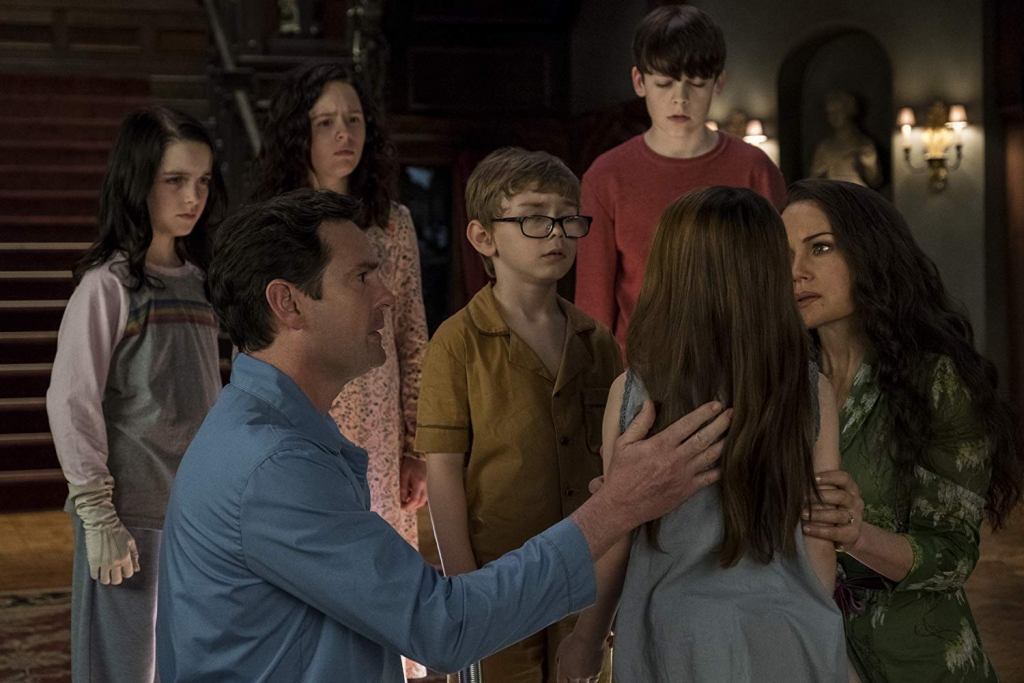
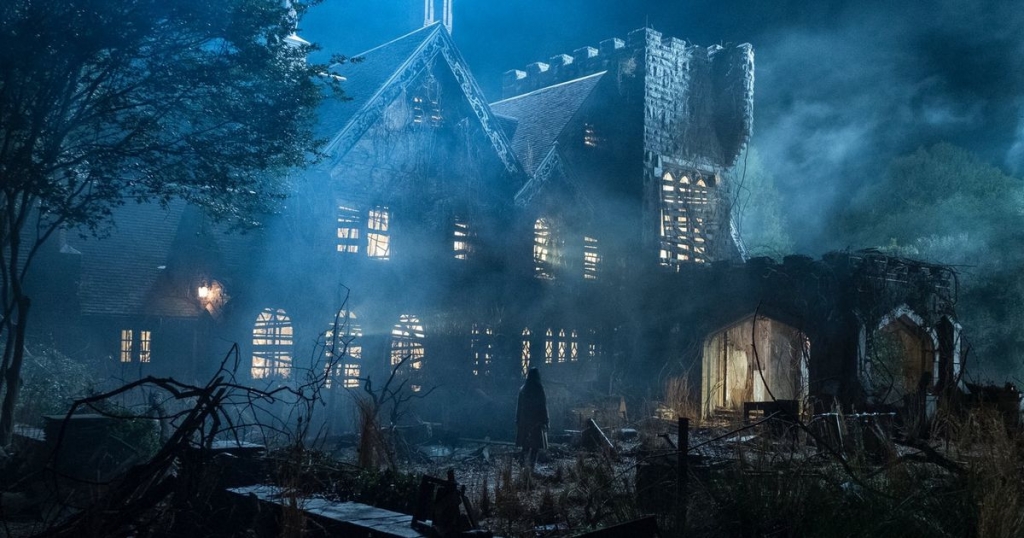
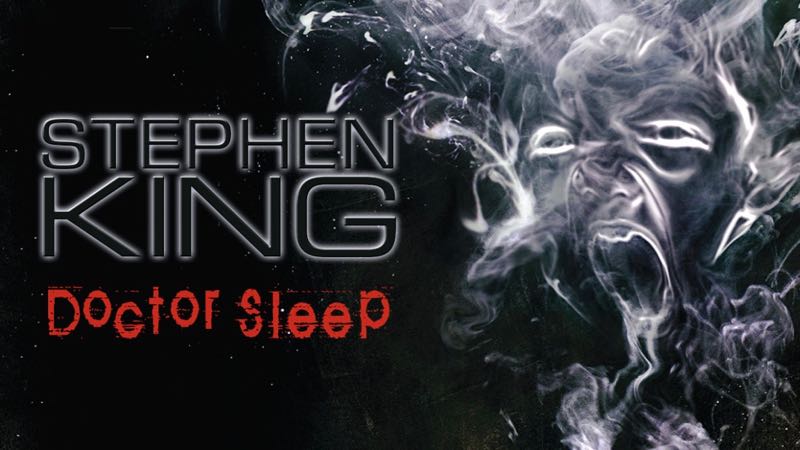
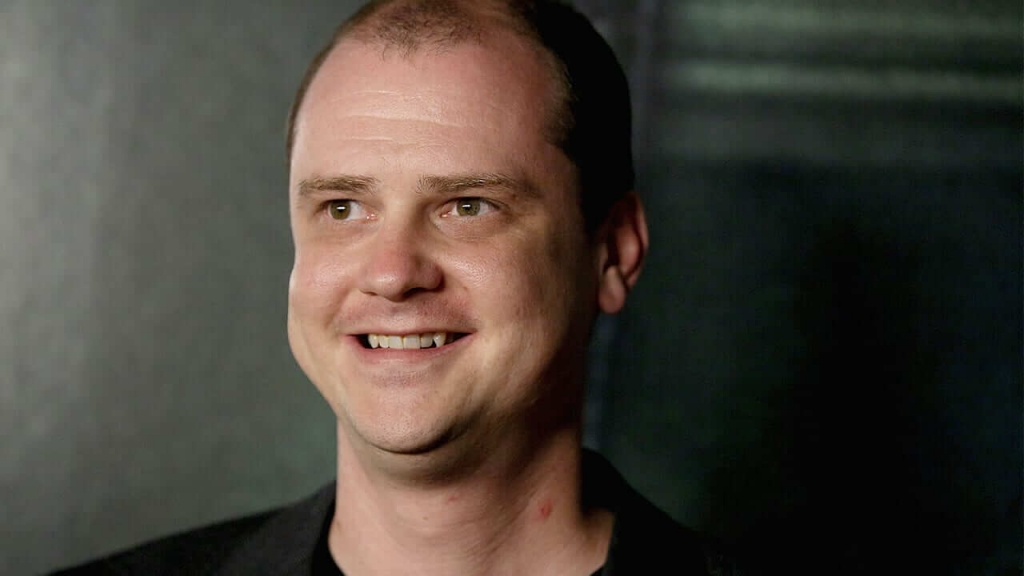
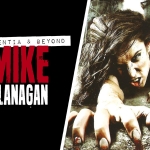
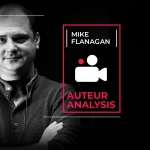
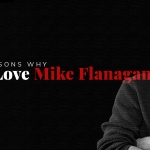



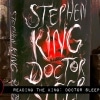
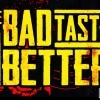



Follow Us!